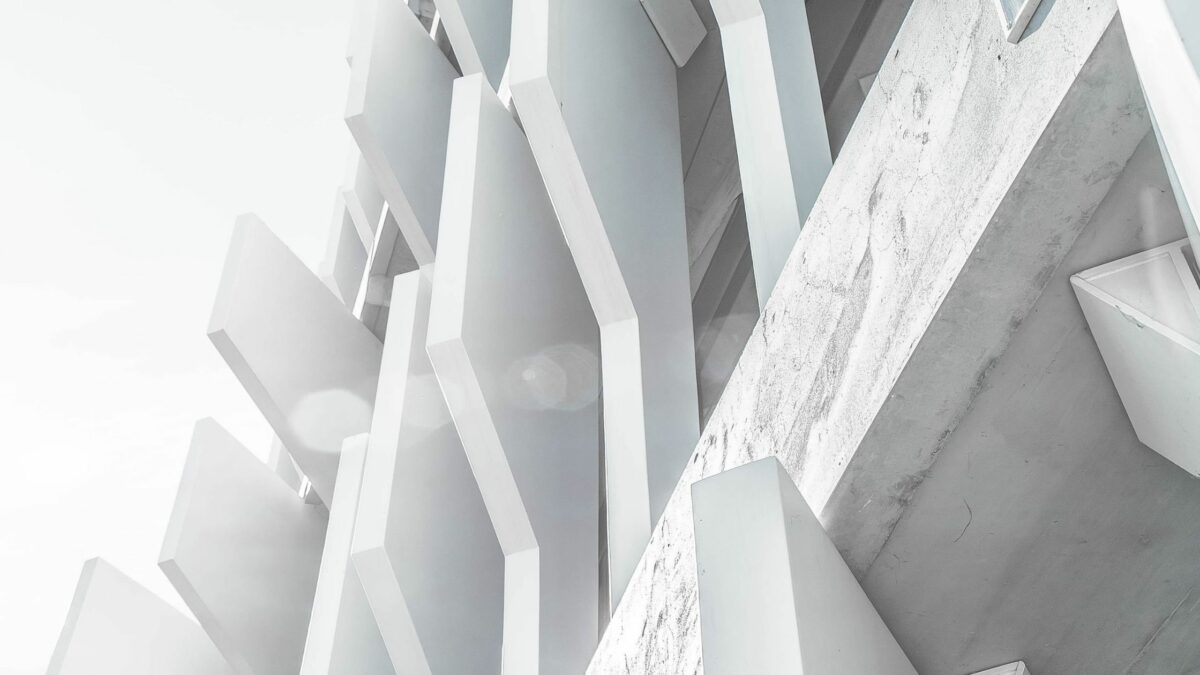From trend to requirement: energy efficiency in buildings

The search for energy efficiency in buildings goes one step further and reaches homes. The technology used in Smart Buildings has evolved to provide the same sustainability and energy consumption control solutions in new homes: Smart Homes.
To achieve greater energy efficiency in buildings, technologies such as inmotics and home automation are implemented. These automation and control equipment and systems collect usage data and establish patterns that help reduce the consumption of electricity, hot water and light, among others.
Objectives of Smart Buildings
The main objective of smart buildings is the search for efficient, sustainable, comfortable and safe solutions. However, they have another series of objectives depending on the solutions they offer:
Architectural objectives: a commitment to comfort
One of the objectives of building automation is ergonomics. It seeks to meet the needs of the occupants efficiently, ensuring comfort, while providing security and greater functionality to the building. Another of its objectives is the flexibility of the building, as well as its systems and services.
Technological objectives: integration and automation
The control systems are integrated into the same platform and are automated, which allows data to be managed in a more efficient and orderly manner. Its priority objective: to facilitate the decision-making process.
Environmental objectives: green buildings
The rise of Smart Buildings is due, among other things, to their ability to cooperate to achieve sustainability. The building integrates with the environment and, through energy savings and the installation of green areas, contributes to caring for the environment.
Economic objectives: energy efficiency in buildings
In addition to the savings that the increase in the useful life of the building represents, Smart Buildings entail a series of economic benefits for the client. These are savings in water and electricity consumption, through the use of efficient systems, and savings in maintenance costs, among others.
The use of smart building materials
In addition to integrated automated systems, Smart Buildings can also be designed to reduce the negative impact on human health and the environment where they are located. These are the so-called green buildings.
Green construction creates buildings using environmentally responsible and efficient processes. For this reason, for a building to be intelligent and respectful of the environment, it must have the installation of systems for saving resources and collecting rainwater, programs for recovering waste and purifying discharges, and gardens on the façades and on the terraces.
From energy efficiency in buildings to the Smart Home
Energy efficiency in buildings has taken the next level: efficiency, integration and automation in homes. Through home automation, the occupants of the home can control and automate its efficient management in aspects such as: hot water, lighting or air conditioning.
A Smart Home has great advantages, both for security and for the comfort it provides. Through a single switch, you can choose the right lighting for each room. It also allows the individual adjustment of the temperature of each space, the programming of electrical appliances or the cut off of supplies when a leak is detected. Home automation records consumption patterns and adapts systems to achieve energy efficiency in homes.
5 trends for the buildings of the future
Smart Buildings have ceased to be a trend to become a requirement in construction. However, smart buildings must have a flexible structure that allows the incorporation of technological innovations. In addition to comfort, automation and energy efficiency in smart buildings, these are the 5 trends of the Smart Building of the future:
Smart electrification
Real-time data systems allow greater control and prediction of possible failures. In the face of a possible eventuality, remote supervision and maintenance of a building enables a faster response.
Cybersecurity
Solutions for security and data protection are booming. Its objective is to guarantee the correct operation of the equipment. More and more buildings require energy controls as protection against electrical failures that ensure the correct operation of equipment, including data centers, to protect the information they contain.
Remote controls
Buildings, in addition to having predictive and preventive maintenance, must use data analysis to establish action plans. Thus, maintenance personnel can act faster, and no matter where they are.
Artificial Intelligence
AI allows all devices to function in a personalized way. In addition, real-time data recording and the establishment of consumption patterns translate into resource savings in the building.
Augmented Reality
Finally, AR not only allows you to see the real status of the systems without having to go to your control point, it also offers the possibility of activating alarms and sensors, as well as accessing manuals and notes from users or colleagues.
Do you want to know more about energy efficiency in buildings? In this article, we tell you what a Smart Building is and how it supports energy efficiency. You can also follow us on our social networks and leave us your opinion in the comments.